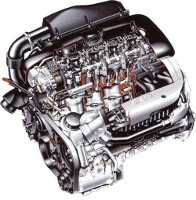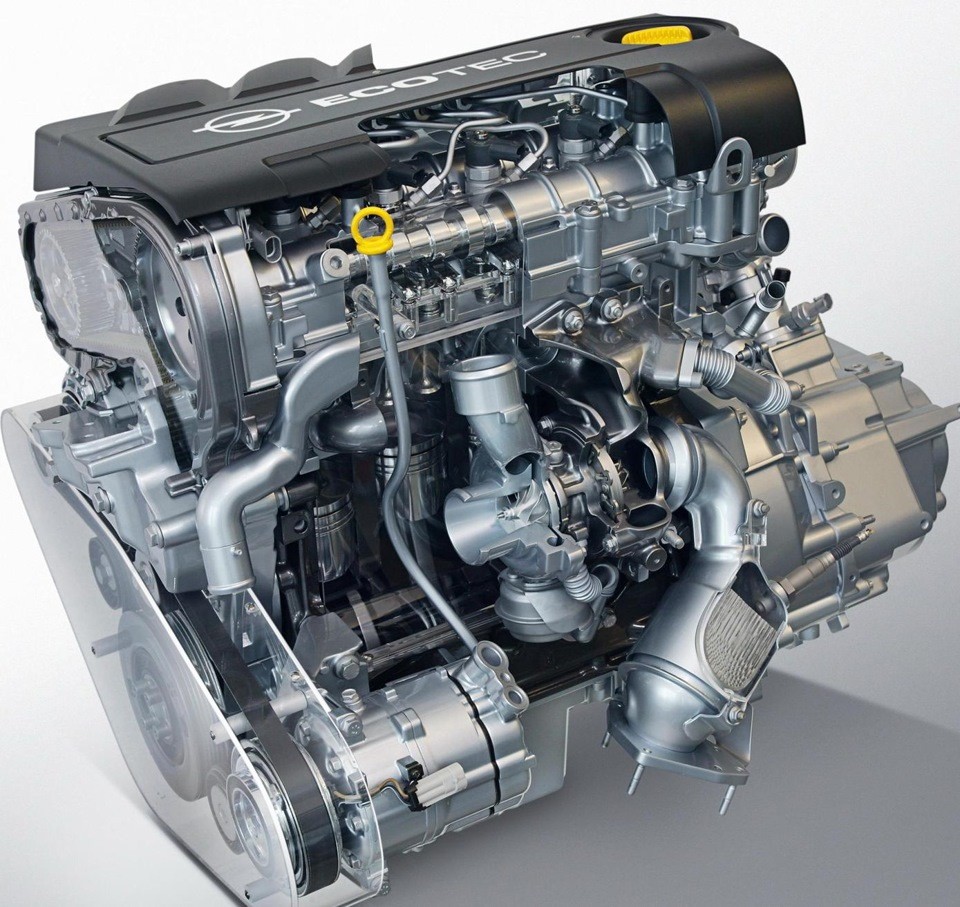
1.3 Fiat multi-jet engine - the most important information
Content
The 1.3 Multijet engine is produced in our country, namely in Bielsko-Biala. Other places where the block is built are Ranjang In, Pune and Gargaon, Haryana, India. The motor receives positive reviews, as evidenced by the International "Engine of the Year" award in the category from 1 to 1,4 liters from 2005. We present the most important information about this engine.
The Multijet engine family - what makes it special?
At the very beginning, it is worth talking a little more about the Multijet engine family. This term has been assigned by Fiat Chrysler Automobiles to a range of turbodiesel engines equipped with common rail direct fuel injection.
Interestingly, Multijet units, although associated mainly with Fiat, are also installed on some models of Alfa Romeo, Lancia, Chrysler, Ram Trucks, as well as Jeep and Maserati.
The 1.3 Multijet was unique in its category.
The 1.3 Multijet engine was the smallest available four-cylinder diesel engine at market launch, with a fuel consumption of 3,3 l/100 km. It met exhaust emission standards without the need for a DPF filter.
Key design solutions in units
Multijet engines use several solutions that directly affect engine performance and fuel economy. The first feature is that the fuel combustion is divided into several injections - 5 for each combustion cycle.
This directly affects better, more efficient work, i.e. in the lower rpm range, and the whole process produces less noise and reduces the amount of fuel consumed at a satisfactory power.
New generations of Multijet engines
In the new generation engines, the fuel combustion parameters have been increased even more. Newer injectors and a hydraulically balanced solenoid valve were used, resulting in an even higher injection pressure of 2000 bar. This allowed up to eight successive injections per combustion cycle.
1.3 Multijet engine technical data
The exact displacement of the inline-four engine was 1248cc.³. It had a bore of 69,6 mm and a stroke of 82,0 mm. The designers decided to use the DOHC valve system. The dry weight of the engine reached 140 kilograms.
1.3 Multijet engine - which vehicle models were installed in each version?
The 1.3 Multijet engine has as many as five modifications. 70 hp models (51 kW; 69 hp) and 75 hp (55 kW; 74 hp) are used in Fiat Punto, Panda, Palio, Albea, Idea. Motors were also installed on Opel models - Corsa, Combo, Meriva, as well as Suzuki Ritz, Swift and Tata Indica Vista.
Conversely, 90 hp variable intake geometry versions. (66 kW; 89 hp) were used in the Fiat Grande Punto and Linea models, as well as in the Opel Corsa. The drive was also included in the Suzuki Ertiga and SX4, as well as the Tata Indigo Manza and Alfa Romeo MiTo. It is also worth mentioning that the Lancia Ypsilon was equipped with a 95 hp Multijet II generation engine. (70 kW; 94 hp) and a 105 hp engine. (77 kW; 104 hp).
Drive operation
When using the 1.3 Multijet engine, there were several things to consider regarding the operation of the unit. In the case of this model, the total weight is not large. That is why the rubber shock absorbers of the supports serve for quite a long time - up to 300 km. They should be replaced when noticeable vibrations appear - the first element is usually the rear shock absorber.
Accelerator pedal errors can sometimes occur. The reason for the accelerator position sensor signal is a broken contact in the computer connector or in the fuse box under the hood. This problem can be solved by cleaning the connectors.
Should we recommend the 1.3 Multijet engine? Summary
Definitely yes. Diesel works well even with prolonged use. Models with this engine are equipped with a stable turbocharger in both fixed and variable geometry. Works flawlessly up to 300 km or more. Combined with low fuel consumption as well as reasonably high power, the 1.3 Multijet engine is a good choice and will perform well for hundreds of thousands of kilometers.

